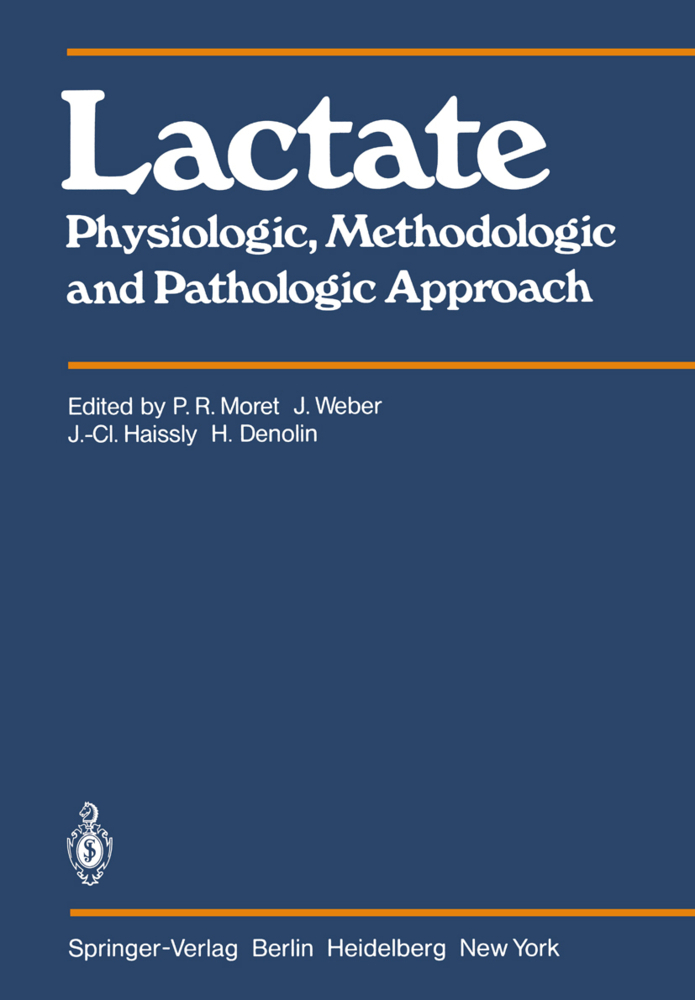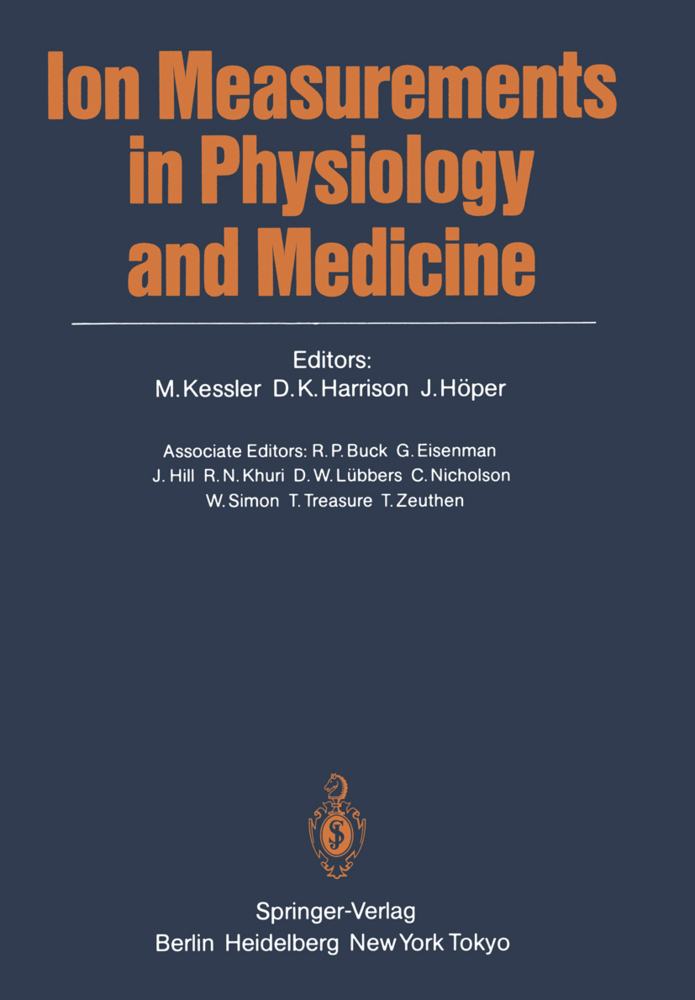Epithelial Secretion of Water and Electrolytes
Epithelial Secretion of Water and Electrolytes
In 1976, when Springer-Verlag commissioned Professors Giebisch, Tosteson, and Ussing to edit what was destined to become a monumental five-volume Handbuch (" Membrane Transport in Biology", 1978 [Vols I, II, III] and 1979 [Vols IV A, B]), the subject of transepithelial secretion was still in its infancy. Not surprisingly, therefore, their Handbuch concentrated mainly on trans epithelial absorption, although substantial chapters dealing with some secre viz. "Ion Transport Across the Choroid Plexus" tory organs were included, (by E. M. Wright), "Sweat Glands" (by J. H. Thaysen), "Lacrimal Gland" (by J. H. Thaysen) and "Transport Across Insect Excretory Epithelia" (by J. P. H. Maddrell) in Volume III and "Transport in Salivary and Salt Glands" (by J. A. Young and E. W. Van Lennep), "Gastric Secretion" (by T. E. Machen and J. G. Forte), "Transport Processes in the Exocrine Pan creas" (by I. Schulz and K. J. Ullrich), and "Transport of Ions in Liver Cells" (by M. Claret) in Volume IVB. The publication in 1977 of the seminal paper of Silva and his colleagues on the mechanism of secretion of salt and water in the salt excreting gland of the dogfish (American Journal of Physiology 233, F298-F306, 1977) provided physiologists with their first real insight into the mechanisms underlying transepithelial fluid secretion, however, and, in the ensuing years, interest in the topic has exploded as is evidenced by the numerous international symposia on exocrine secretion held since that date.
Cation Channels and Secretion
Gap Junctions in Exocrine Glands
Ion Channels in the Intracellular Organelles of Secretory Cells
Changes in Membrane Capacitance in Exocrine Secretion
The Coupling of Stimuli to the Secretion of Protein in Exocrine Glands
Ion Transport in Mutant Cell Lines: Possibilities for Analysis
Use of Nuclear Magnetic Resonance Spectroscopy in the Study of Exocrine Secretion
Graded Modelling of Exocrine Secretion Using Network Thermodynamics
B Secretion in Individual Tissues
1 Salivary Glands
Role of Anion Transport in Secretion of Primary Saliva
The Role of Transcellular Chloride Transport in Exocrine Secretion
Bicarbonate Transport by Salivary Gland Acinar Cells
Electrophysiology of Salivary Acinar Cells: Microelectrode Studies
Physiology of Salivary Gland Exocytosis
Non-Adrenergic, Non-Cholinergic Control of Salivary Gland Function
2 Lacrimal Glands
Electrolyte Secretion by the Lacrimal Glands
3 Exocrine Pancreas
Electrolyte Transport in Pancreatic Ducts
The Role of Ion Channels in the Mechanism of Pancreatic Bicarbonate Secretion
The Metabolic Basis of Secretion by the Exocrine Pancreas
4 Endocrine Pancreas
Ion Channels in Insulin-Secreting Cells: Their Role in Stimulus-Secretion Coupling
5 Gastric Mucosa
Electrophysiological Aspects of Gastric Ion Transport
6 Liver
Hepatic Electrolyte Transport and Bile Formation
7 Epididymis
Electrolyte and Fluid Transport in the Epididymis
8 Salt Glands
Ultrastructure and X-Ray Microanalysis of Vertebrate Salt Glands
9 Cystic Fibrotic Epithelia
Ion Transport Regulation in Cystic Fibrosis Epithelia.
A General Aspects of Secretion
Epithelial Chloride ChannelsCation Channels and Secretion
Gap Junctions in Exocrine Glands
Ion Channels in the Intracellular Organelles of Secretory Cells
Changes in Membrane Capacitance in Exocrine Secretion
The Coupling of Stimuli to the Secretion of Protein in Exocrine Glands
Ion Transport in Mutant Cell Lines: Possibilities for Analysis
Use of Nuclear Magnetic Resonance Spectroscopy in the Study of Exocrine Secretion
Graded Modelling of Exocrine Secretion Using Network Thermodynamics
B Secretion in Individual Tissues
1 Salivary Glands
Role of Anion Transport in Secretion of Primary Saliva
The Role of Transcellular Chloride Transport in Exocrine Secretion
Bicarbonate Transport by Salivary Gland Acinar Cells
Electrophysiology of Salivary Acinar Cells: Microelectrode Studies
Physiology of Salivary Gland Exocytosis
Non-Adrenergic, Non-Cholinergic Control of Salivary Gland Function
2 Lacrimal Glands
Electrolyte Secretion by the Lacrimal Glands
3 Exocrine Pancreas
Electrolyte Transport in Pancreatic Ducts
The Role of Ion Channels in the Mechanism of Pancreatic Bicarbonate Secretion
The Metabolic Basis of Secretion by the Exocrine Pancreas
4 Endocrine Pancreas
Ion Channels in Insulin-Secreting Cells: Their Role in Stimulus-Secretion Coupling
5 Gastric Mucosa
Electrophysiological Aspects of Gastric Ion Transport
6 Liver
Hepatic Electrolyte Transport and Bile Formation
7 Epididymis
Electrolyte and Fluid Transport in the Epididymis
8 Salt Glands
Ultrastructure and X-Ray Microanalysis of Vertebrate Salt Glands
9 Cystic Fibrotic Epithelia
Ion Transport Regulation in Cystic Fibrosis Epithelia.
Young, John A.
Wong, Patrick Y.D.
| ISBN | 978-3-642-75035-9 |
|---|---|
| Medientyp | Buch |
| Copyrightjahr | 2012 |
| Verlag | Springer, Berlin |
| Umfang | XII, 379 Seiten |
| Sprache | Englisch |











